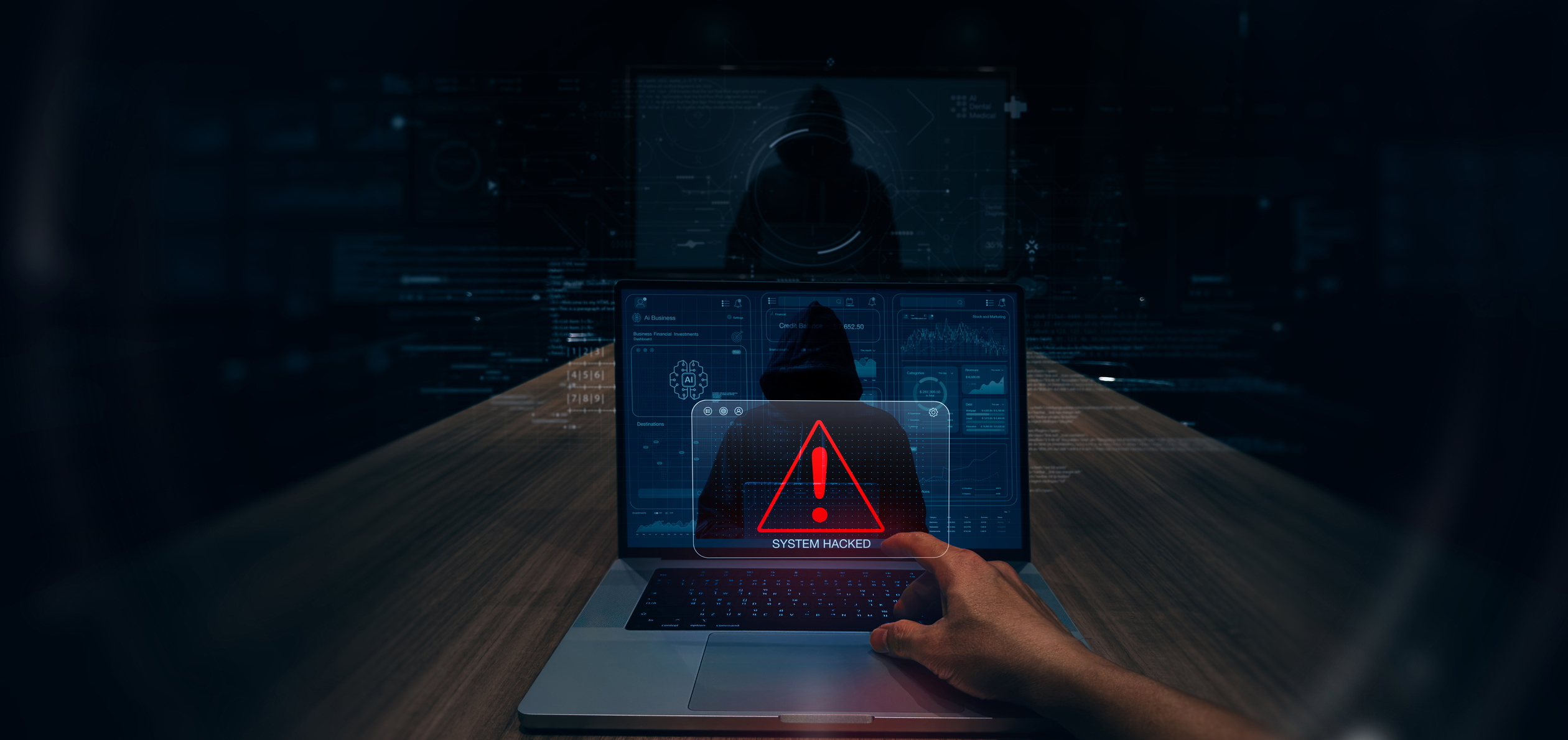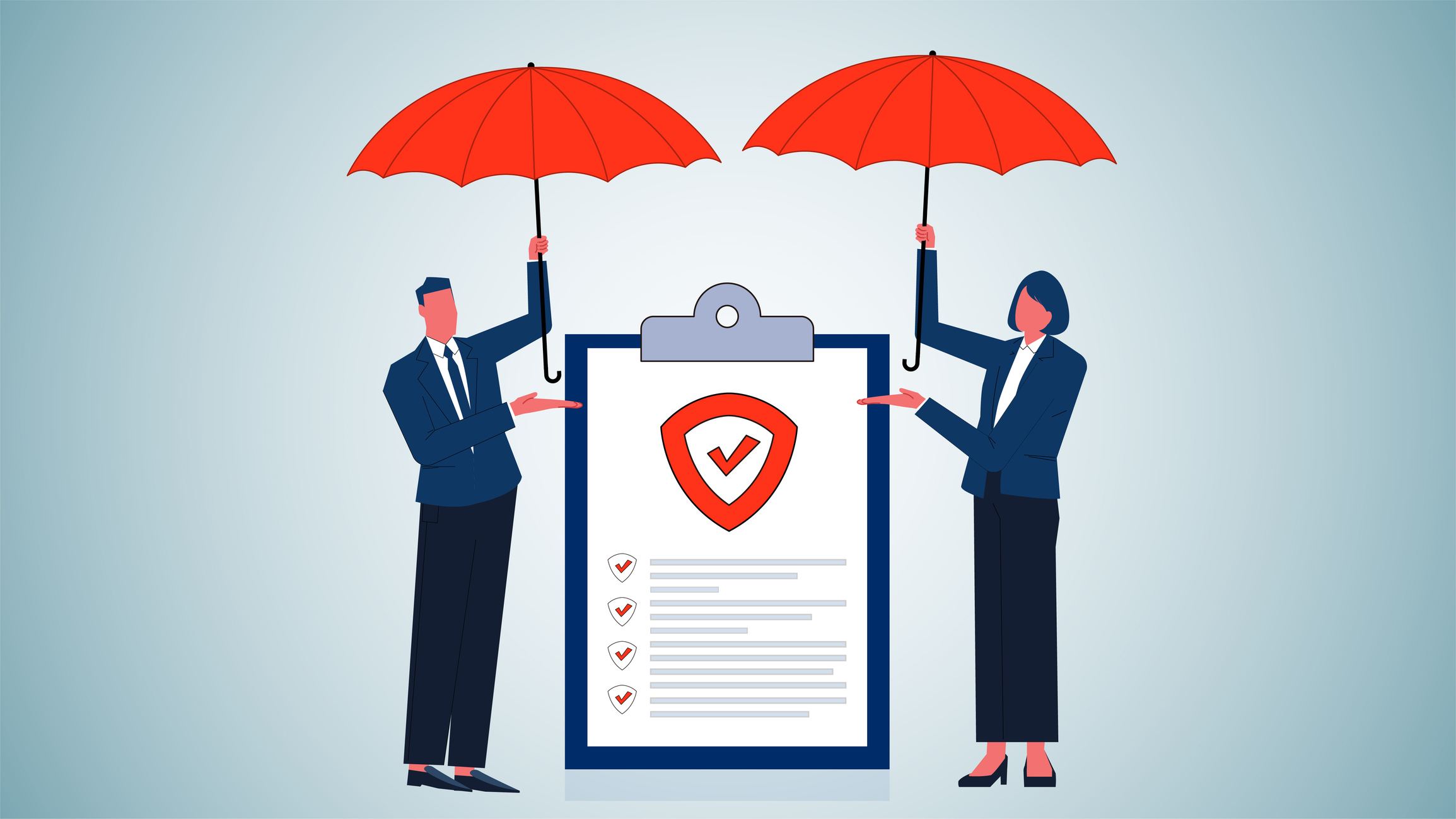As part of Cybersecurity Awareness Month, we're featuring expert insights from our team at Access Point Consulting. Today, Clayton Smith reports on the psychology and tactics behind phishing attacks. Discover how threat actors manipulate their victims and learn practical tips to protect yourself and your organization.
For years, the standard guidance to avoid phishing attacks was simple: Don't click on links or open attachments from people you don't know. But with the advent of generative artificial intelligence (GenAI), that advice is no longer sufficient. Cybercriminals are leveraging advanced technologies like GenAI to craft convincing phishing attempts, making it increasingly difficult to distinguish between legitimate communications and malicious ones.
Attackers are now using GenAI to create personalized emails that mimic the tone, style, and content of legitimate messages. By scraping information from social media profiles and previous communications, they can produce emails that appear to come from colleagues or trusted organizations. These emails often contain contextually relevant details that make them convincing and harder to detect.
Also, QR codes have become ubiquitous, popping up everywhere from restaurant menus to event promotions. Cybercriminals exploit this by embedding malicious links within QR codes, knowing that people often scan them without hesitation. Once scanned, these codes can direct users to fraudulent websites designed to steal login credentials or install malware.
Phishers have also refined their techniques to create fake websites that are all but indistinguishable from the real ones. They use secure "https" connections and replicate branding elements to build trust. Some even employ URL homograph attacks, replacing characters in the web address with similar-looking ones from different alphabets to deceive users. This level of sophistication means that the old advice of checking for the padlock icon or scrutinizing URLs sometimes isn't enough.
Advancements in AI have enabled the creation of deepfake audio and video content. Attackers can impersonate executives or colleagues in voice messages or video calls, convincing employees to authorize fraudulent transactions or divulge sensitive information. Imagine receiving a voicemail that sounds exactly like your CEO requesting urgent assistance—it’s a compelling trick that's tough to ignore.
While Business Email Compromise (BEC) schemes aren't new, GenAI enhances their effectiveness. Attackers can generate emails that match a company's communication style, increasing the likelihood that employees will comply with unauthorized requests such as wire transfers or data disclosures. These emails often bypass traditional security filters because they don't contain malicious links or attachments and instead rely on social engineering.
Adapting Our Defenses
Given these sophisticated threats, it's clear that we need to rethink our approach to defending ourselves from phishing exploits. Fostering a culture of vigilance is essential. Encourage employees to approach all communications with a healthy dose of skepticism. Even if an email appears to come from a known contact, it's wise to verify unexpected requests through a secondary channel, like a phone call or a direct message on a verified platform. This extra step can thwart many phishing attempts.
Implementing Multi-Factor Authentication (MFA) adds an essential layer of security. Requiring users to provide additional verification factors beyond just a password can prevent unauthorized access even if login credentials are compromised. It's like adding a second lock to your front door—double the security for minimal extra effort.
Investing in regular security awareness training is also key. Ongoing education keeps employees informed about the latest phishing tactics. Interactive training sessions can make learning engaging, and phishing simulations can test and reinforce their ability to identify and report suspicious activities. After all, knowledge is power when it comes to cybersecurity.
Using advanced email security solutions can further protect your organization. Deploying tools that leverage AI and machine learning helps detect and block phishing attempts before they reach employees' inboxes. These solutions analyze email content, sender reputation, and other indicators to identify potential threats, serving as a digital guardian that never sleeps.
Encouraging prompt reporting without fear is essential. Create an environment where employees feel comfortable reporting suspected phishing attempts or admitting if they've mistakenly engaged with a malicious email. Rapid reporting can mitigate damage and help protect the rest of the organization. Emphasize that there's no punishment for honest mistakes—only appreciation for taking swift action.
Securing all communication channels is also important. Ensure that platforms used for communication, including video conferencing tools, are up-to-date with the latest security patches. Take advantage of features like meeting passwords, waiting rooms, and participant authentication to prevent unauthorized access. It's like closing all the windows when you lock your doors.
Limiting the use of email for sensitive transactions can reduce risk. Encourage the use of secure file-sharing services and collaboration platforms instead of sending sensitive documents or information via email. This approach reduces the risk associated with email-based phishing and provides better control over access and permissions.
Regularly updating and patching systems is a simple yet effective way to enhance security. Keep all software, including operating systems and applications, updated to protect against vulnerabilities that attackers could exploit. It's like maintaining your car —routine servicing prevents bigger problems down the road.
A Collective Effort Against Phishing
Phishing attacks are becoming more sophisticated, but so are our defenses. By staying informed about the latest tactics and fostering a culture of security awareness, organizations can significantly reduce their risk.
I've long maintained that in the race between attackers and defenders, our best defense is not technology, but technology plus an informed and vigilant team. By combining the use of security tools with educated and engaged employees, we can stay a step ahead of cybercriminals.
Remember, security is everyone's responsibility. With the right strategies and a proactive approach, we can navigate the challenges of the digital age safely and confidently. It's not about eliminating risk entirely—that's virtually impossible—but about managing it effectively through collective effort and smart practices.
About the Author
Clayton Smith is a Senior Exchange Engineer at Access Point Consulting. With extensive experience in managing and securing enterprise email systems, he specializes in protecting organizations against email-based threats like phishing and social engineering attacks.









